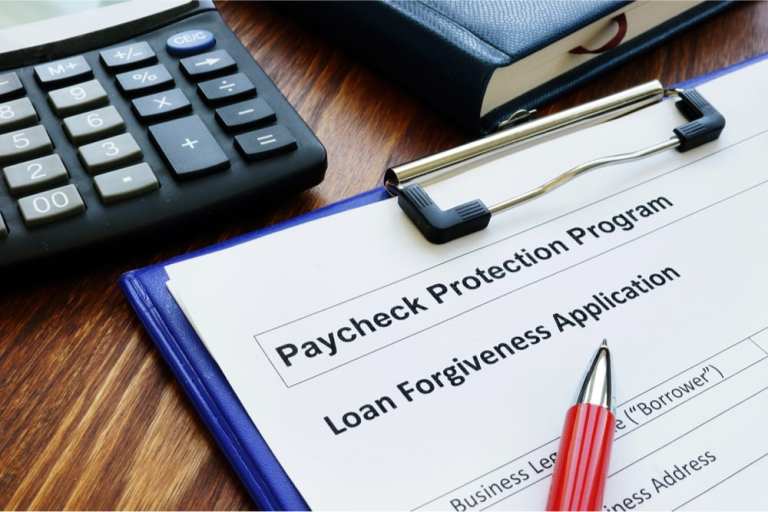
The deadline for applying for Paycheck Protection Program loans is coming next Tuesday (June 30) after the PPP’s long and eventful run, which started in early April. With less than seven days to go before the deadline, there’s still reportedly more than $100 billion left in unawarded funds despite concerns early on that the $669 billion program wasn’t big enough to meet the needs of U.S. businesses.
What happens now remains a topic of debate, as $100 billion is a large sum for small and medium-sized businesses (SMBs) to leave on the table. That’s particularly true given that a majority of SMB owners PYMNTS surveyed (58.2 percent) told us early on in the pandemic that they weren’t sure their businesses would survive. And according to recent data from the group Small Business for America’s Future, 12 percent of U.S SMBs are currently facing bankruptcy.
Top Democrats and Republicans on the U.S. Senate’s Small Business and Entrepreneurship Committee have suggested using the remaining funds for a second phase of targeted relief for SMBs. But would that be any more successful in getting small businesses to accept the funds than the first round ultimately proved to be?
That could depend on if a second round proceeds less dramatically that the first round ultimately did, as PPP’s early days were far from smooth. The massive rush to apply for the program’s forgivable loans exposed various technological hiccups and lack of clarity surrounding the program’s rules.
Planters First Bancorp CEO Dan Speight told Karen Webster in an early conversation about PPP that such concerns slowed banks from “pressing the send button” on the money. But as soon as those issues appeared to clear up, the program ran out of money. The $349 billion in aid that Congress originally approved was all used up in less than two weeks.
Congress quickly added another $320 billion and slightly changed the rules after reports emerged of fairly large, well-capitalized companies like Shake Shack and the Los Angeles Lakers qualifying for funds. That brought a public backlash that led to the U.S. Treasury issuing new program guidelines — and a warning.
Authorities announced that companies that received more than $2 million in PPP funds would be audited. The guidelines further stated that if that audit found a firm didn’t demonstrate it really needed the loan and potentially had access to other capital, penalties could include possible jail time for executives.
Ingo Money CEO Drew Edwards later told Karen Webster that such a move would have a chilling effect on firms like his, which had received a PPP loan but were looking to hand the money back to avoid trouble. He said that while Ingo Money hadn’t done anything wrong, it couldn’t as a financial services tech firm even risk the possibility of a criminal investigation.
“Our ability to sign the next contract with the next top five banks just torpedoes as long as an investigation is going on,” he said. “It’s the kiss of death if the federal government’s investigating you for potential wrongdoing.”
The original requirement of spending at least 75 percent of funds on payroll within eight weeks to qualify for loan forgiveness also chilled business enthusiasm for the program. For businesses like restaurants shut down by the pandemic, it didn’t make economic sense to bring workers back to a job they couldn’t do when they’d do better staying safe at home collecting unemployment.
By May, Congress and President Donald Trump had changed the rules to require businesses to use only 60 percent of the money on payroll over 24 weeks to qualify for loan forgiveness.
But the chilling effect had already taken hold, and what to do with the remaining funds is now an open question.
Aside from using the money for a second phase of SMB relief, a bill from Democratic Sens. Chris Coons of Delaware and Jeanne Shaheen of New Hampshire would extend the application deadline to Dec. 31 or later. It would also create a new option for a second loan going to borrowers that have fewer than 100 employees and have lost at least half of their revenue due to the pandemic.
Other proposals call for turning the leftover funds into direct subsidies for businesses. But what will ultimately happen is still under discussion.
However, it’s becoming an increasingly bipartisan point of agreement that something needs to happen, because a lot of SMBs need funds to stay alive. The challenge now is making sure those funds connect correctly with them.